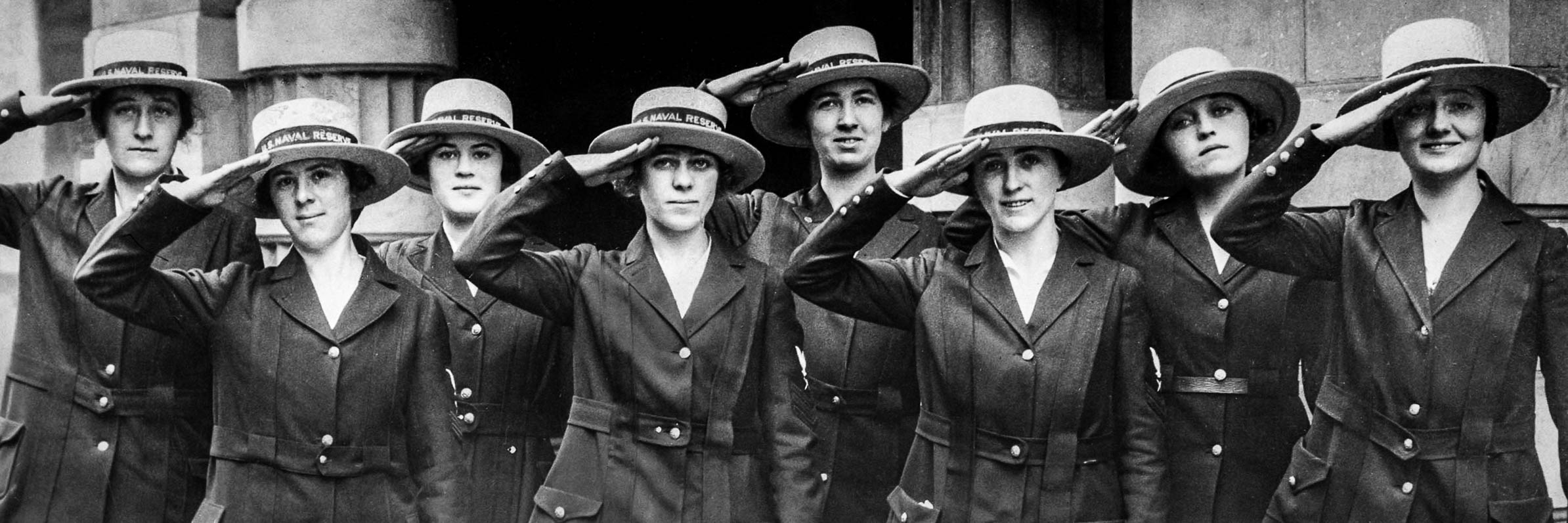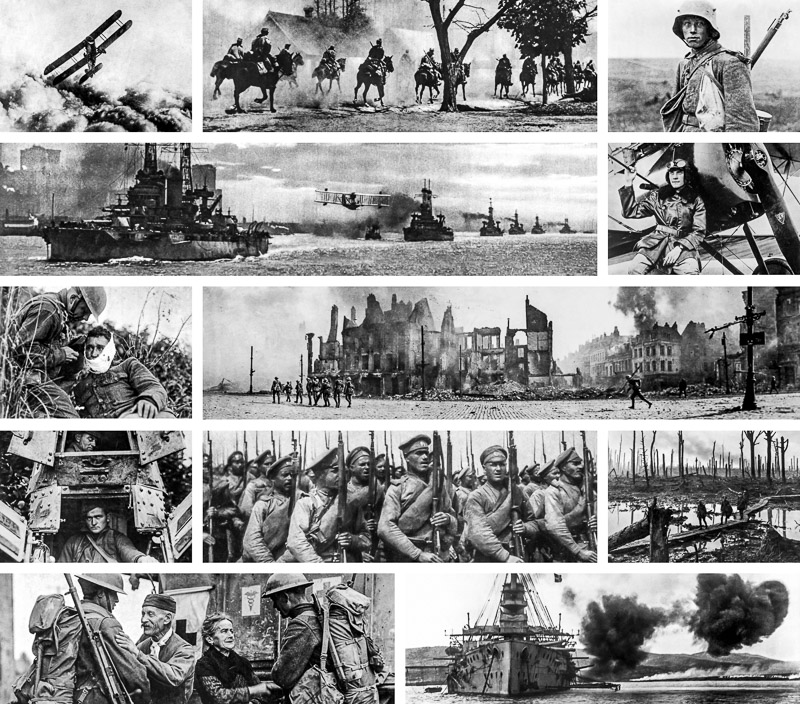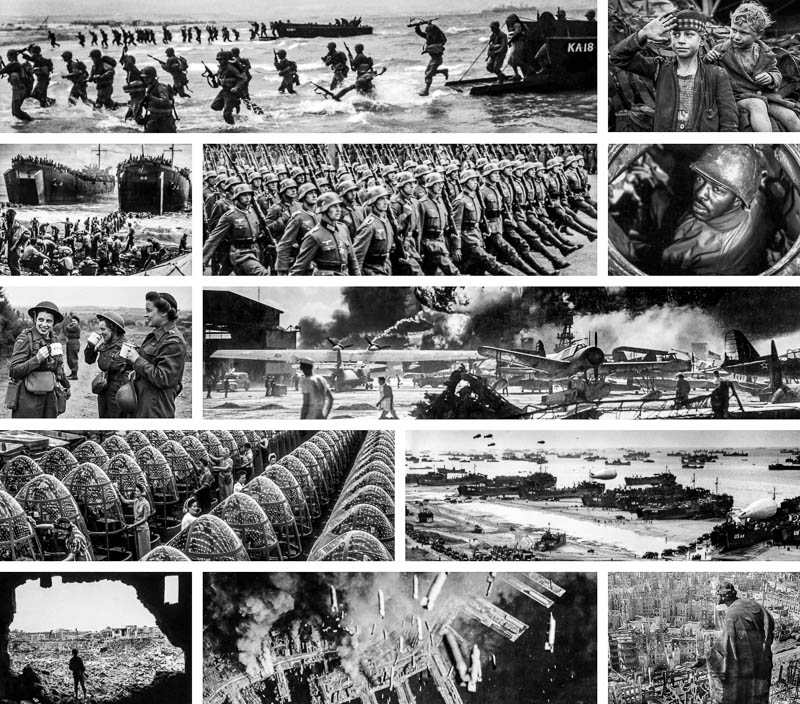Tuscaloosa’s “Land of the Free” Season Opener

We just wrapped up working with the Tuscaloosa Symphony Orchestra on their September 11 season opener. This was our third collaboration with Maestro Adam Flatt. In 2017 and 2019, Nicholas Bardonnay worked with Adam’s orchestra that literally performs 500ft from the Pacific Ocean in Newport, OR. Now Nicholas had the pleasure of working with Adam again in Tuscaloosa for the TSO’s for well-attended show at the Moody Concert Hall on the University of Alabama campus.
Across the two concert halves in Tuscaloosa we explored different meanings of the concert title, “Land of the Free.” No Man’s Land and Citizen Soldier, brought to the forefront the bravery, struggles and sacrifices that came with World War I & II. Both pieces feature historic black and white imagery from multiple countries that Nicholas had curated and choreographed. In the case of No Man’s Land, the imagery came from the 20th Century’s abrupt coming of age from 1914-1918. Special to the concert in Tuscaloosa, we also premiered a new rendition of the WWI visuals set to Barber’s First Essay for Orchestra. Also on the first half were Gould’s American Salute, Lowden’s Armed Forces Salute, and a lovely piece for trumpet, Nino Rosso’s Il Silencio.
Following a rousing performance of Rodgers’s Victory at Sea, we changed up the pace and theme with National Park Suite paired with Dvořák’s sublime Largo from his Symphony No. 9. Yellowstone, Yosemite, the Grand Canyon, and the Great Smoky Mountains are just a few of the dozens of national parks and monuments showcasing America’s best, brightest, and most majestic natural treasures. The piece embodies the American spirit and our love for wild and free natural spaces—something all audience members, and Americans, can get behind. Or as writer, historian and conservationist Wallace Stegner put it, “National parks are the best idea we ever had. Absolutely American, absolutely democratic, they reflect us at our best…”
The National Parks piece segued back into the World War theme with Citizen Soldier set to the powerful first movement of Copland’s Symphony No. 3. That piece commemorates the period from 1939 to 1945 during WWII when the unprecedented economic, industrial, and human mobilization blurred many distinctions between military and civilian life—over 100 million everyday people were either affected or involved in history’s most widespread conflict. Fittingly, the concert closed with the fourth movement of Copland’s No. 3. It’s the basis for his timeless Fanfare for the Common Man and felt like an incredibly fitting finale for a concert intended to unite all Americans.


